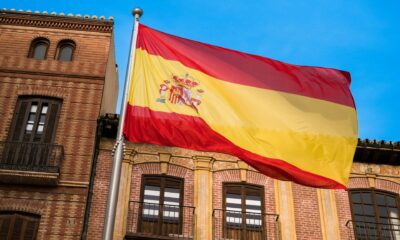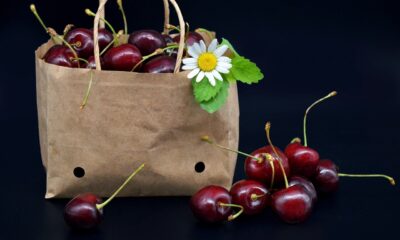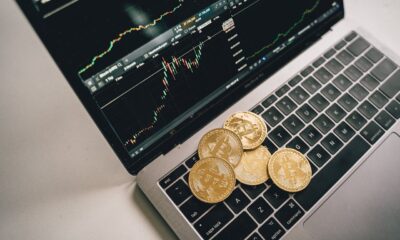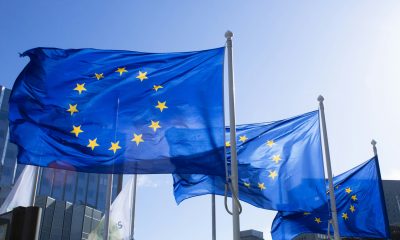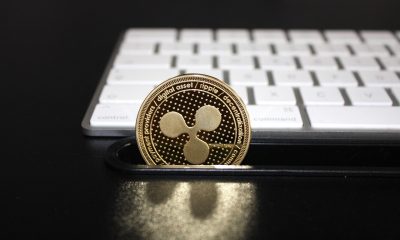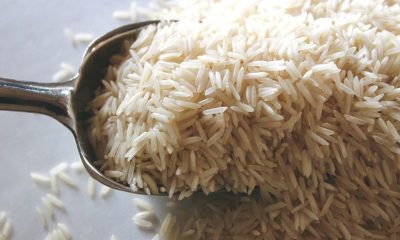Impact Investing
EU Regulation 2025/40: Driving Sustainable Packaging Practices and Reducing Waste
The European Union’s Regulation 2025/40 aims to reduce packaging waste and improve sustainability. It mandates progressive reductions in packaging waste per capita, sets recycled content targets for plastic packaging, and promotes reusable transport packaging. The food sector must adapt, especially in design and material integration, while complying with new labeling and safety standards, including banning hazardous chemicals like PFAS.
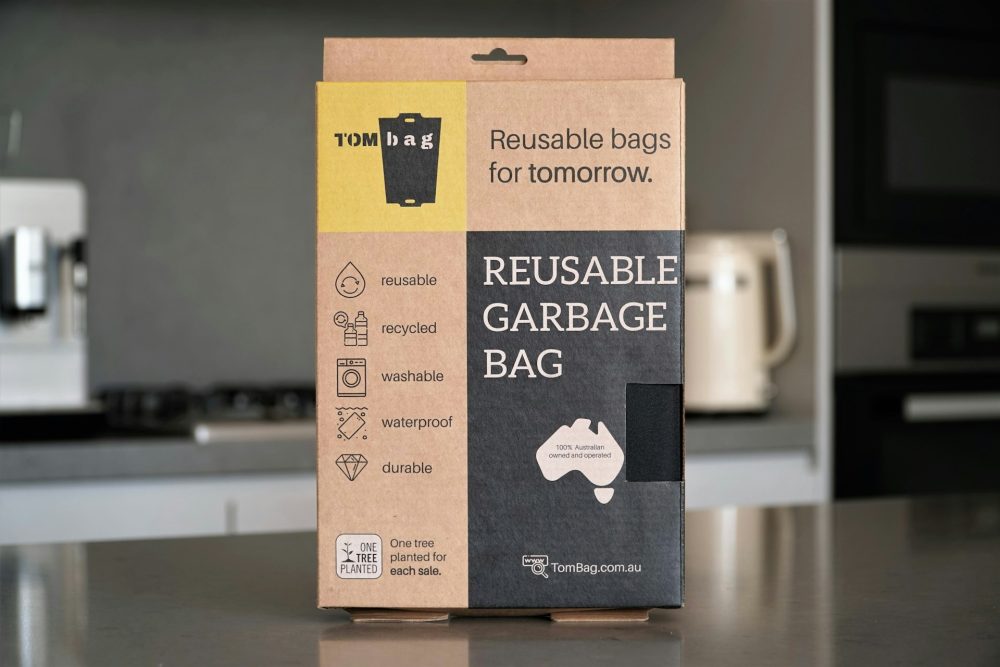
Around 88 million tonnes of packaging are produced in Europe every year, making its management a crucial component of the circular economy strategy. With the European Regulation 2025/40 on packaging, which came into force in February, the European Union has taken a decisive step to reduce the environmental impact linked to the production and disposal of these materials.
EU Member States will be obliged to progressively reduce the volume of packaging waste generated per capita. Compared to 2018 levels, the target is a 5% reduction by 2030, rising to 10% by 2035 and 15% by 2040. These targets are designed to promote a more efficient use of resources and to reduce the environmental impact linked to waste generation and management, requiring structural changes in production and consumption processes, pushing companies to develop packaging with a more sustainable life cycle.
Furthermore, the EU Regulation applies to all packaging and related waste , regardless of the material or context of use, with the aim of reducing waste, ensuring the sustainability of packaging, regulating extended producer responsibility and promoting reuse, recycling and refilling.
New mandatory percentages of recycled materials
In 2020, the average recycling rate for packaging in the EU was 64%, but plastic, despite its growing numbers, remains one of the least recycled materials, with a rate of 41%. With the EU Regulation, from 1 January 2030 , plastic packaging placed on the European market will have to comply with minimum recycled content targets from post-consumer waste. The percentages, differentiated according to the type of use, will be distributed as follows:
30% for contact-sensitive packaging , such as for food or medical supplies, excluding packaging made primarily of PET for single-use beverages.
10% for non-PET plastic materials , always for contact-sensitive packaging.
30% for single-use plastic beverage bottles.
35% for all other types of plastic packaging.
These values will increase significantly by 2040. For example, for contact-sensitive packaging made primarily of PET, the target will rise to 50%, while single-use beverage bottles will have to reach a share of 65% recycled material.
Green light for reusing packaging for the circular economy
By 2030, at least 40% of transport packaging, including that used in e-commerce, must be reusable and included in an organised reuse system. This target will increase to 70% by 2040, confirming the EU’s commitment to promoting circular economy models.
Similarly, packaging grouped for storage and distribution will have to reach a 10% reusability rate by 2030 , gradually increasing to 40% by 2040.
It should be noted that packaging made from paper and cardboard fibres is excluded from all reuse targets, given its already high intrinsic recyclability.
What are the main implications for the food sector?
The food sector is one of the main users of packaging in Europe, representing approximately 60% of the total packaging produced . According to EU data, the European food packaging market is estimated at $75.24 billion in 2025 , with an expected growth of up to $93.76 billion by 2030, at a compound annual growth rate (CAGR) of 4.5%. This data highlights the strategic importance of the sector and the need to quickly adapt to new regulations to maintain competitiveness and sustainability.
The new provisions require structural changes in food packaging design. This could lead to the need to eliminate many of the multi-layer solutions currently used, which, while essential to preserve freshness and ensure food safety, are difficult to recycle. Furthermore, the obligation to integrate a minimum share of recycled materials in plastic packaging represents a significant challenge, as it requires a well-structured supply chain to ensure the quality of recycled materials and their compliance with food safety standards, implying possible cost increases.
How product labeling is changing
The new European Regulation introduces the obligation, starting from 2028, of a harmonized labelling on packaging , which clarifies the materials used and facilitates correct disposal. This initiative aims to standardize environmental information across the EU, improving recycling rates and reducing errors in separate collection. The transparency guaranteed by this approach represents a significant opportunity to educate consumers and strengthen trust in producers committed to sustainability.
However, for companies, adapting to these requirements involves costs and operational challenges, especially for SMEs with limited resources. In addition to changes in production processes, companies must manage the integration of new printing technologies and constantly update information based on the composition of the packaging. Innovative solutions, such as the use of QR codes, can simplify the provision of additional details without overloading physical labeling, but they require the adoption of advanced technologies and risk excluding a part of the public less familiar with digital tools.
The use of substances hazardous to food safety is prohibited
A scientific paper published in Environmental Science & Technology on March 19 raised concerns about the presence of PFAS (“forever chemicals”) in food packaging. 68 types of PFAS were identified, including 61 that are not authorized or unexpected for use in food contact materials . These data, analyzed by Drake Phelps and the Food Packaging Forum , come from 47 scientific studies that highlight contamination on paper, cardboard, plastics and coated metals. Paper and cardboard represent the majority of documented cases, with 72.5% of the FCCmigex database entries referring to these materials.
The regulation bans the use of hazardous chemicals , such as PFAS (per- and polyfluoroalkyl substances), which are widely used to make food packaging resistant to fats and liquids. PFAS, known to persist in the environment, have been confirmed to be harmful to human health. Some compounds, such as PFOA, are now classified as “human carcinogens” based on experimental and mechanistic evidence.
However, many of the available alternatives are still in the development stage, which means that the transition could take years of research and testing. In the meantime, eliminating these substances could increase costs for businesses and affect the availability of certain types of packaging. However, the long-term benefit in terms of public health and reduced environmental pollution makes this measure indispensable.
What are the new compliance rules for manufacturers?
The Regulation provides that manufacturers can demonstrate compliance through self-certification (Module A of Annex VII), using advanced and reliable test methods, accredited according to EC Regulation 765/2008. This system, based on internal production control, allows manufacturers to demonstrate compliance with the rules through detailed technical documentation, including reliable tests and measurements. The approach reduces the need for third-party assessment bodies, while ensuring transparency and accurate control.
Communication of environmental claims on packaging, such as recyclability or compostability claims, will be strictly regulated by Regulation 2025/40. These claims may be used by manufacturers only if supported by verifiable technical evidence demonstrating that the minimum requirements established have been exceeded.
This discipline not only strengthens transparency towards consumers, but also helps combat the phenomenon of greenwashing, promoting more responsible and credible environmental communication.
Ultimately, the European Regulation 2025/40 pushes companies to reconsider every aspect of their production chain, invest in innovation and develop new collaborations to ensure compliance with regulations. This transition, however complex, also offers the opportunity to rethink business models and consolidate the relationship with consumers through a commitment to sustainability.
__
(Featured image by Sasha Pestano via Unsplash)
DISCLAIMER: This article was written by a third party contributor and does not reflect the opinion of Born2Invest, its management, staff or its associates. Please review our disclaimer for more information.
This article may include forward-looking statements. These forward-looking statements generally are identified by the words “believe,” “project,” “estimate,” “become,” “plan,” “will,” and similar expressions. These forward-looking statements involve known and unknown risks as well as uncertainties, including those discussed in the following cautionary statements and elsewhere in this article and on this site. Although the Company may believe that its expectations are based on reasonable assumptions, the actual results that the Company may achieve may differ materially from any forward-looking statements, which reflect the opinions of the management of the Company only as of the date hereof. Additionally, please make sure to read these important disclosures.
First published in ESG NEWS. A third-party contributor translated and adapted the article from the original. In case of discrepancy, the original will prevail.
Although we made reasonable efforts to provide accurate translations, some parts may be incorrect. Born2Invest assumes no responsibility for errors, omissions or ambiguities in the translations provided on this website. Any person or entity relying on translated content does so at their own risk. Born2Invest is not responsible for losses caused by such reliance on the accuracy or reliability of translated information. If you wish to report an error or inaccuracy in the translation, we encourage you to contact us

-

 Crypto7 days ago
Crypto7 days agoTether Targets $500 Billion Valuation in Landmark Funding Push
-

 Crypto2 weeks ago
Crypto2 weeks agoXRP Poised for a Breakout: Why 2026 Could Finally Deliver the Growth 2025 Delayed
-
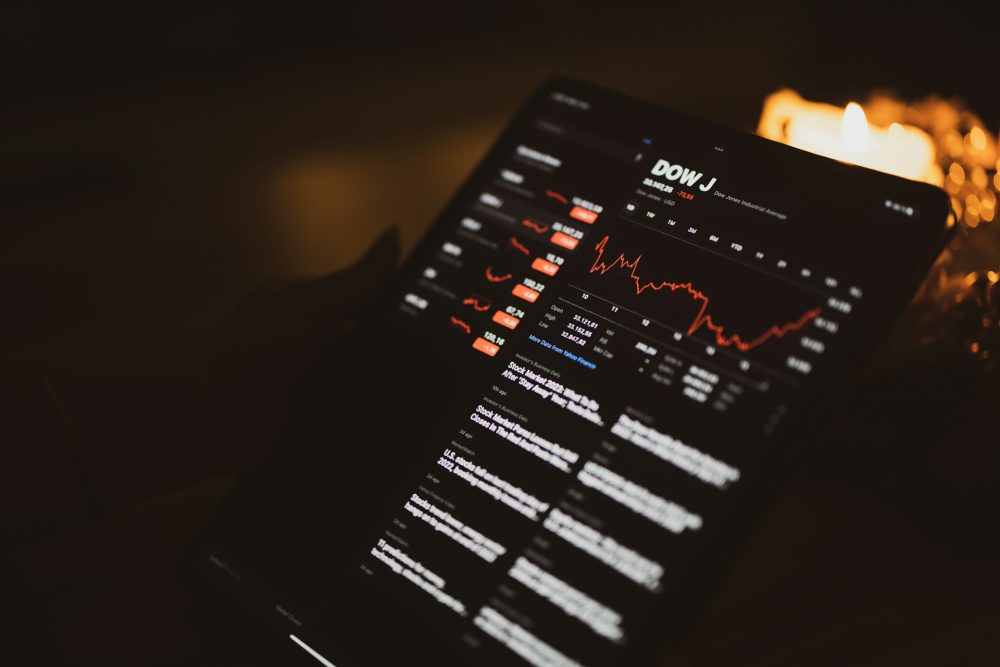
 Markets2 days ago
Markets2 days agoDow Jones Strength Faces Risk From a Potential Yen Carry Trade Unwind
-
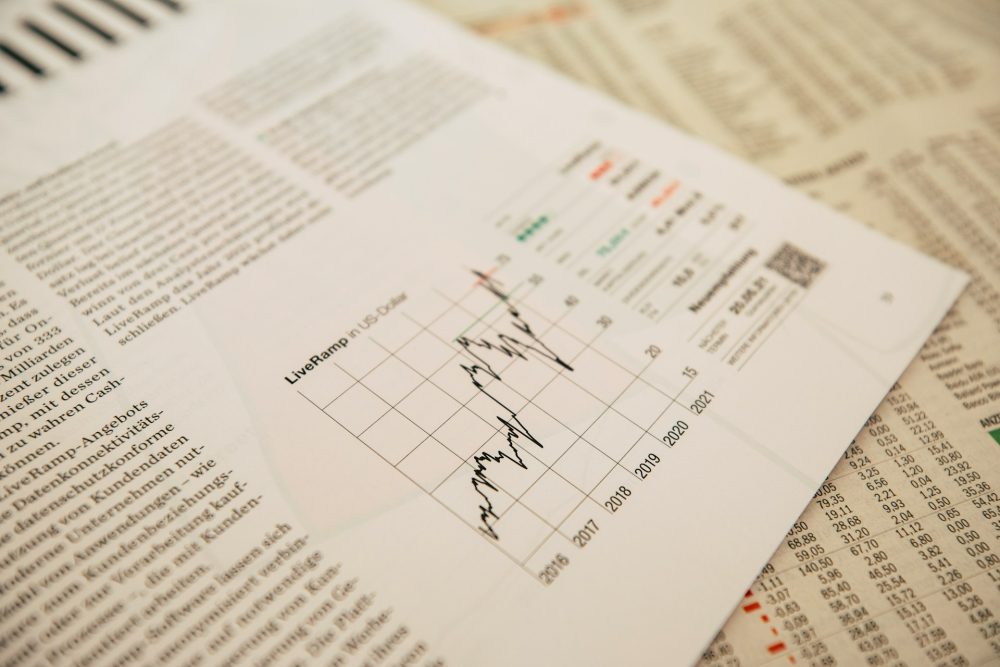
 Business1 week ago
Business1 week agoPrecious Metals’ Bull Market Continues
